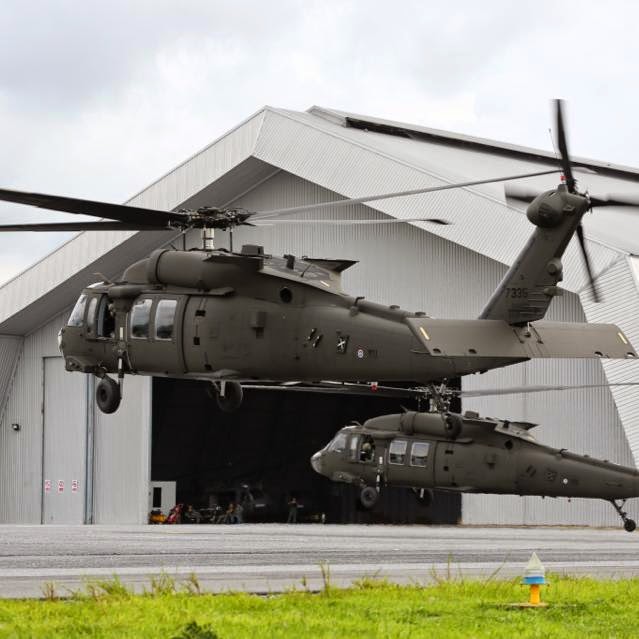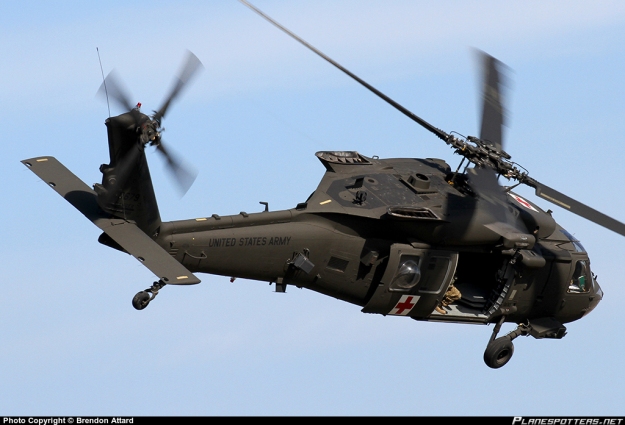Making Best Use Of Security: Essential Upkeep Tips for Your UH 60 Helicopter
Navigating Uh 60 Helicopter Regulations and Compliance Requirements

Regulatory Framework Overview
The regulatory framework governing UH-60 helicopter operations incorporates a complex set of requirements and policies established by air travel authorities. These guidelines are made to make certain the efficient and safe procedure of UH-60 helicopters in different environments. The Federal Aviation Management (FAA) plays a main role in developing and applying these laws, which cover a variety of functional elements, including airworthiness criteria, pilot credentials, maintenance needs, and operational procedures.
Conformity with these policies is essential for helicopter drivers to preserve the highest possible degrees of safety and functional honesty. Failure to adhere to these policies can cause significant consequences, consisting of mishaps, injuries, and regulative permissions. For that reason, helicopter operators should remain notified about the most up to date regulative developments and make sure that their operations are in complete compliance with all suitable rules and requirements.
Airworthiness Instructions and Evaluations
Amidst the regulatory framework regulating UH-60 helicopter operations, an essential emphasis rests on conformity with Airworthiness Directives and performing thorough inspections to support security requirements and operational dependability. Airworthiness Regulations (ADs) are provided by air travel authorities to attend to dangerous problems in airplane, including the UH-60 helicopter, and mandate particular actions to be taken by operators or owners. Conformity with ADs is necessary, and failure to comply with these directives can result in severe consequences, consisting of grounding of the airplane.
Normal evaluations are paramount to making certain the airworthiness of UH-60 helicopters. By sticking to a stringent evaluation routine, drivers can spot and deal with potential concerns quickly, thereby boosting the safety and integrity of UH-60 helicopter operations.
Pilot Credentials and Training

Pilot training for UH-60 helicopters is extensive and covers a wide variety of topics, including airplane systems, emergency treatments, navigation, and mission-specific training. Additionally, pilots undertake simulator training to practice various emergency situation situations in a regulated setting. This training helps pilots establish the required abilities to take care of difficult scenarios properly.


Furthermore, recurring training and expert advancement are necessary for UH-60 pilots to stay present with the most recent regulations, modern technology, and best methods. By spending in pilot credentials and training, drivers can improve safety, maximize efficiency, and make sure compliance with regulatory needs in the procedure of UH-60 helicopters.
Operational Limitations and Needs
Pilot credentials and training work as the foundation for recognizing the functional limitations and needs connected with UH-60 helicopter operations (uh 60). These functional limitations are established to guarantee the safety of the staff, travelers, and the airplane itself. Operational limitations might include variables such as weather condition problems, weight limitations, altitude restrictions, and operational borders. It is important for pilots to be well-versed in these restrictions to make informed choices during trip procedures. In addition, compliance demands, such as adhering to certain flight courses, communication methods, and emergency situation procedures, are necessary for maintaining functional safety and regulative compliance. Pilots should remain current with all operational constraints and demands via regular training, rundowns, and reviews to reduce threats and ensure risk-free and reliable UH-60 helicopter procedures. By browse around this site focusing on adherence to these operational guidelines, pilots can improve the overall security and performance of their missions while supporting governing criteria.
Emergency Situation Procedures and Compliance Testing
Effective emergency procedures and detailed conformity screening are critical components of maintaining functional safety and regulative adherence in UH-60 helicopter operations. Regular compliance screening makes certain that the helicopter fulfills all regulative demands set forth by aeronautics authorities.
Conformity testing also includes devices onboard the UH-60, such as communication systems, navigating instruments, visit our website and security gear. Ensuring that all devices is functioning appropriately and satisfies regulative criteria is necessary for risk-free procedures. Additionally, compliance testing might entail simulations of emergency scenarios to examine the staff's reaction and the helicopter's efficiency under stress and anxiety. By prioritizing emergency procedures and compliance screening, UH-60 operators can reduce dangers and show their commitment to safety and governing compliance.
Conclusion
To conclude, adherence to regulatory structure, conformity with airworthiness directives, pilot credentials and training, operational restrictions, and emergency treatments are crucial for navigating the guidelines and demands of operating a UH-60 helicopter. uh 60. It is crucial for drivers to prioritize security and make certain full compliance with all suitable laws to preserve the airworthiness and functional stability of the airplane
Browsing the regulative landscape surrounding UH-60 helicopter procedures demands a nuanced understanding of the complex web of rules and conformity requirements.Conformity with these laws is crucial for helicopter drivers to preserve the highest degrees of security and operational integrity.Among the regulatory structure regulating UH-60 helicopter operations, an important emphasis exists on compliance with Airworthiness Directives try this web-site and performing thorough inspections to promote safety requirements and functional integrity.Effective emergency procedures and detailed conformity testing are critical elements of keeping functional security and governing adherence in UH-60 helicopter operations. Regular conformity screening makes certain that the helicopter meets all regulative demands set forth by aviation authorities.